Unlocking the Power of Positive Reinforcement in Dog Training
Unlocking the Power of Positive Reinforcement in Dog Training is essential for building a strong bond with your furry friend. This article explores the benefits of using positive reinforcement techniques, creating a positive training environment, and addressing behavioral issues. Additionally, it provides advanced training techniques to take positive reinforcement to the next level. By utilizing these methods, you can unlock your dog’s full potential and create a harmonious relationship with them.
Key Takeaways
- Positive reinforcement is a transformative solution for challenging dogs, offering a tailored approach to training.
- Creating a positive training environment involves setting clear expectations, using rewards effectively, and building trust with your dog.
- Positive reinforcement techniques can be used to teach basic commands such as sit, stay, and come.
- Addressing behavioral issues like separation anxiety, aggression, and excessive barking can be effectively managed with positive reinforcement.
- Taking positive reinforcement to the next level involves using advanced techniques, applying it in complex situations, and training for specific tasks and skills.
Why Positive Reinforcement is the Key to Successful Dog Training

Understanding the Basics of Positive Reinforcement
ReinforcementExploring the effectiveness of treats, praise, and play as motivational tools is not just about rewarding good behavior but also about creating an enthusiastic and engaged learner. Consistency: The Cornerstone of ObedienceThe role of consistent reinforcement in building a strong foundation is the glue that holds the training together. It’s about creating a predictable environment where your dog knows what to expect. Patience: Nurturing the Learning ProcessAcknowledging the individual pace of learning and celebrating small victories is a testament to the long-term approach to understand the desired behaviors. This not only leads to more effective training outcomes in the long run but also cultivates a more independent and confident canine companion. Therefore, for breeds often labeled as “challenging,” positive reinforcement serves as a key to unlocking their true potential. By embracing this evidence-based approach, trainers and owners can foster a joyful and productive training experience, building a strong, harmonious bond with their furry friends. The result is a well-adjusted, confident canine companion and a testament to the transformative power of all training sessions. Yet, patience is equally crucial. Recognize that each dog learns at its unique pace, and celebrating small victories fosters a positive training environment.The Power of Positive ReinforcementExploring the effectiveness of treats, praise, and play as motivational tools is not just about rewarding good behavior but also about creating an enthusiastic and engaged learner. Consistency: The Cornerstone of ObedienceThe role of consistent reinforcement in building a strong foundation is the glue that holds the training together. It’s about creating a predictable environment where your dog knows what to expect. Patience: Nurturing the Learning ProcessAcknowledging the individual pace of learning and celebrating small victories is a testament to the long-term approach to understand the desired behaviors. This not only leads to more effective training outcomes in the long run but also cultivates a more independent and confident canine companion. Therefore, for breeds often labeled as “challenging,” positive reinforcement serves as a key to unlocking their true potential. By embracing this evidence-based approach, trainers and owners can foster a joyful and productive training experience, building a strong, harmonious bond with their furry friends. The result is a well-adjusted, confident canine companion and a testament to the transformative power of all training sessions. Yet, patience is equally crucial. Recognize that each dog learns at its unique pace, and celebrating small victories fosters a positive training environment.The Power of Positive ReinforcementExploring the effectiveness of treats, praise, and play as motivational tools is not just about rewarding good behavior but also about creating an enthusiastic and engaged learner. Consistency: The Cornerstone of ObedienceThe role of consistent reinforcement in building a strong foundation is the glue that holds the training together. It’s about creating a predictable environment where your dog knows what to expect. Patience: Nurturing the Learning ProcessAcknowledging the individual pace of learning and celebrating small victories is a testament to the long-term approach to understand the desired behaviors. This not only leads to more effective training outcomes in the long run but also cultivates a more independent and confident canine companion. Therefore, for breeds often labeled as “challenging,” positive reinforcement serves as a key to unlocking their true potential. By embracing this evidence-based approach, trainers and owners can foster a joyful and productive training experience, building a strong, harmonious bond with their furry friends. The result is a well-adjusted, confident canine companion and a testament to the transformative power of all training sessions. Yet, patience is equally crucial. Recognize that each dog learns at its unique pace, and celebrating small victories fosters a positive training environment.The Power of Positive ReinforcementExploring the effectiveness of treats, praise, and play as motivational tools is not just about rewarding good behavior but also about creating an enthusiastic and engaged learner. Consistency: The Cornerstone of ObedienceThe role of consistent reinforcement in building a strong foundation is the glue that holds the training together. It’s about creating a predictable environment where your dog knows what to expect. Patience: Nurturing the Learning ProcessAcknowledging the individual pace of learning and celebrating small victories is a testament to the long-term approach to understand the desired behaviors. This not only leads to more effective training outcomes in the long run but also cultivates a more independent and confident canine companion. Therefore, for breeds often labeled as “challenging,” positive reinforcement serves as a key to unlocking their true potential. By embracing this evidence-based approach, trainers and owners can foster a joyful and productive training experience, building a strong, harmonious bond with their furry friends. The result is a well-adjusted, confident canine companion and a testament to the transformative power of all training sessions. Yet, patience is equally crucial. Recognize that each dog learns at its unique pace, and celebrating small victories fosters a positive training environment.The Power of Positive ReinforcementExploring the effectiveness of treats, praise, and play as motivational tools is not just about rewarding good behavior but also about creating an enthusiastic and engaged learner. Consistency: The Cornerstone of ObedienceThe role of consistent reinforcement in building a strong foundation is the glue that holds the training together. It’s about creating a predictable environment where your dog knows what to expect. Patience: Nurturing the Learning ProcessAcknowledging the individual pace of learning and celebrating small victories is a testament to the long-term approach to understand the desired behaviors. This not only leads to more effective training outcomes in the long run but also cultivates a more independent and confident canine companion. Therefore, for breeds often labeled as “challenging,” positive reinforcement serves as a key to unlocking their true potential. By embracing this evidence-based approach, trainers and owners can foster a joyful and productive training experience, building a strong, harmonious bond with their furry friends. The result is a well-adjusted, confident canine companion and a testament to the transformative power of all training sessions. Yet, patience is equally crucial. Recognize that each dog learns at its unique pace, and celebrating small victories fosters a positive training environment.
The Science Behind Positive Reinforcement
Positive reinforcement techniques, instead of creating anxious or frustrated learners, activate a dog’s natural curiosity and intelligence. Dogs actively participate in the training process, experimenting and problem-solving to understand the desired behaviors. This not only leads to more effective training outcomes in the long run but also cultivates a more independent and confident canine companion. Therefore, for breeds often labeled as ‘challenging,’ positive reinforcement serves as a key to unlocking their true potential. By embracing this evidence-based approach, trainers and owners can foster a joyful and productive training experience, building a strong, harmonious bond with their furry friends. The result is a well-adjusted, confident canine companion and a testament to the transformative power of positive reinforcement.
Benefits of Using Positive Reinforcement in Dog Training
Positive reinforcement serves as a key to unlocking their true potential. By embracing this evidence-based approach, trainers and owners can foster a joyful and productive training experience, building a strong, harmonious bond with their furry friends. The result is a well-adjusted, confident canine companion and a testament to the transformative power of positive reinforcement.
Creating a Positive Training Environment

Setting Clear Expectations
When it comes to setting clear expectations in dog training, communication is key. As trainers, we need to clearly convey to our dogs what we expect from them. This can be done through consistent use of verbal cues, hand signals, and body language. By using the same cues and signals every time, we help our dogs understand what is expected of them in different situations.
In addition to clear communication, consistency in our own behavior is also important. Dogs thrive on routine and predictability, so it’s essential that we are consistent in our training methods and expectations. This means following through with rewards and consequences consistently, and not giving mixed signals.
To ensure that our dogs understand what we want from them, it can be helpful to break down commands or behaviors into smaller steps. For example, if we want our dog to sit, we can start by rewarding them for simply bending their knees, then progress to rewarding them for fully sitting. This gradual approach helps our dogs understand the desired behavior and builds their confidence.
Remember, patience is key in setting clear expectations. Dogs learn at their own pace, and it’s important to celebrate small victories along the way. By creating a positive and supportive training environment, we can help our dogs succeed and thrive.
Using Rewards and Treats Effectively
When it comes to training our furry friends, using rewards and treats effectively is key. We’ve learned that timing is crucial – the reward should be given immediately after the desired action is performed, helping the dog associate the behavior with the positive outcome. By incorporating treats, praise, toys, or a game of fetch, we can provide a motivating and enjoyable experience for our dogs. It’s important to be patient and consistent in our training approach. We need to clearly identify and communicate the desired behavior and consistently reward it when exhibited. Remember, ignoring or failing to reward the desired behavior may confuse the dog, while inadvertently rewarding undesired behavior could reinforce it instead. So let’s make sure we use rewards and treats effectively to create a positive training environment for our dogs.
Building Trust and Bond with Your Dog
When it comes to building a strong bond with our furry friends, we believe in the power of positive reinforcement. It’s all about creating a partnership based on trust and understanding. By using rewards, treats, and praise, we can establish a foundation of mutual respect and cooperation. This approach has been proven to be effective in strengthening the human-animal bond, as research from the University of Cambridge has shown. So, if you’re looking to create a harmonious relationship with your dog, remember to focus on positive reinforcement and watch your bond grow stronger every day.
Positive Reinforcement Techniques for Basic Commands
Sit: Teaching Your Dog to Sit on Command
Teaching your dog to sit on command is one of the most basic and essential commands you can teach them. It lays the foundation for other commands and helps establish a language between you and your dog. Consistency is key when teaching this command. According to former firefighter turned gundog trainer Jason Mayhew, our dogs read us massively through body language, so we have to be careful not to give mixed messages. When teaching left, right, and back, Mayhew suggests imagining waltzing with a dance partner to convey the desired direction. Dog park for agility training can be a great place to practice and reinforce the sit command in a distracting environment.
Stay: Training Your Dog to Stay in Place
When teaching your dog the command ‘stay’, it is crucial to establish a strong foundation with basic commands like ‘sit’ and ‘come’. These commands create a language between you and your dog, forming the building blocks for more advanced training in the future. Consistency is key when it comes to basic commands, as it helps your dog understand what is expected of them. Finding dog walkers who can reinforce these commands during walks can also be beneficial for your dog’s training. Additionally, using a long lead can help maintain control while still allowing your dog some freedom. Redirecting your dog’s attention back to you using cues and commands is important to ensure they stay focused. Remember to reward your dog with treats, praise, or play when they successfully ignore distractions and respond to your commands. Patience is essential during training sessions, as each dog learns at their own pace. Progress at a rate that keeps your dog comfortable and motivated.
Come: Teaching Your Dog to Come When Called
Teaching your dog to come when called is an essential command that promotes safer and more controlled interactions in various situations, including at home, in public places, or while herding. Remember to stay calm when you train your dog, or pup. For herding dogs, specific commands unique to herding tasks can be taught. These may include cues for driving farm animals forward, gathering them together, or moving them in a specific direction. Consistency and clarity are key to successful command training. Use the same words or gestures for each command, and reward correct execution immediately. This helps dogs associate commands with the intended actions and positive outcomes.
Addressing Behavioral Issues with Positive Reinforcement

Dealing with Separation Anxiety
Separation anxiety can be a challenging issue for dogs and their owners. It is important to address this issue with care and understanding to ensure the welfare of dogs. One effective approach is counter-conditioning and desensitization techniques. By gradually exposing the dog to periods of separation and providing positive experiences during these times, we can help them develop a more positive association with being alone. It is also important to create a safe and comfortable environment for the dog when they are alone, with plenty of toys, treats, and enrichment activities to keep them occupied. Additionally, establishing a consistent routine and gradually increasing the duration of separation can help the dog feel more secure. Remember, patience and consistency are key when dealing with separation anxiety.
Managing Aggression and Reactivity
Incorporating regular mental and physical exercise into the dog’s routine can also help manage these behavioral issues, as it allows the dog to expend energy and reduces the likelihood of over-excitement. It’s essential to remain patient and persistent, as training these instincts can take time. Overcoming fear of livestock in herding dogs is another challenge, especially for beginner dogs that may feel intimidated by the size or noises of the animals. To help alleviate their fear, gradual exposure and positive association is key. Start by allowing the dog to observe the livestock from a distance. With stubbornness or over-excitement. Overly eager dogs may become too aggressive with the herd, causing unnecessary stress to the animals, while stubborn dogs may resist following commands, hampering the herding process. To manage these tendencies, it is crucial to implement consistent, positive reinforcement training from a young age. Encourage the correct behaviors with rewards such as treats, praise, or play, and discourage inappropriate behaviors without resorting to negative punishment. Instead, employ the strategy of removing rewards or privileges when the dog demonstrates.
Curbing Excessive Barking
Excessive barking can be a common behavioral issue in dogs, and it can be quite frustrating for both the dog owner and the neighbors. Barking is a natural form of communication for dogs, but when it becomes excessive, it can disrupt the peace and quiet. Here are some tips to help curb excessive barking:
- Identify the triggers: Pay attention to what triggers your dog’s barking. Is it when someone passes by the house? Is it when they are left alone? Identifying the triggers can help you address the root cause.
- Provide mental and physical stimulation: Boredom and lack of exercise can contribute to excessive barking. Make sure your dog is getting enough mental and physical stimulation through interactive toys, puzzle games, and regular exercise.
- Reward quiet behavior: When your dog is quiet, reward them with treats, praise, or play. This reinforces the idea that being quiet is a positive behavior.
Remember, it’s important to be patient and consistent when addressing excessive barking. With time and positive reinforcement, you can help your dog learn to bark less and enjoy a quieter environment.
Taking Positive Reinforcement to the Next Level

Advanced Training Techniques
Moving beyond the basics, advanced training techniques sharpen our dog’s skills for the intricacies of the hunt. Retrieving becomes an art, with training dummies simulating the weight and feel of real game. Early-age exposure to decoys and gunshots acclimates our dog to the sights and sounds of the hunting environment. Advanced commands, such as directional cues and hand signals, elevate our communication with our dog to a silent, intuitive level.
In our future post, we will delve deeper into these advanced training techniques and provide you with valuable insights and tips to take your dog’s skills to the next level.
Using Positive Reinforcement in Complex Situations
Research suggests that positive reinforcement, instead of traditional dominance-based methods, offers a transformative solution for these dogs. Studies at the University of Cambridge demonstrate the effectiveness of positive reinforcement in building trust and strengthening the human-animal bond. This approach utilizes treats, praise, and playtime as rewards for desired behaviors, establishing a foundation of mutual understanding and respect. This, in turn, fosters a more cooperative training environment, as evidenced by research published in the Journal of Veterinary Behavior. Beyond trust, positive reinforcement fuels motivation and engagement. Studies highlight how positive reinforcement techniques, instead of creating anxious or frustrated learners, activate a dog’s natural curiosity and intelligence. Dogs actively participate in the training process, experimenting and problem-solving to understand the desired behaviors. This not only leads to more effective training outcomes in the long run but also cultivates a more independent and confident canine companion. Therefore, for breeds often labeled as ‘challenging,’ positive reinforcement serves as a key to unlocking their true potential. By embracing this evidence-based approach, trainers and owners can foster a joyful and productive training experience, building a strong, harmonious bond with their furry friends. The result is a well-adjusted, confident canine companion and a testament to the transformative power of positive reinforcement.
Training for Specific Tasks and Skills
Advanced Training Techniques
Moving beyond the basics, advanced training techniques sharpen your dog’s skills for the intricacies of the hunt. Retrieving becomes an art, with training dummies simulating the weight and feel of real game. Early-age exposure to decoys and gunshots acclimates your dog to the sights and sounds of the hunting environment. Advanced commands, such as
Unlocking the Power of Positive Reinforcement
In conclusion, positive reinforcement is a game-changer in dog training. By utilizing treats, praise, and play as rewards, you can unlock your dog’s full potential and build a special connection with them. It’s important to remember that a happy and engaged dog is a well-trained dog, and their loyalty and love will be the ultimate reward for your efforts. Positive reinforcement is especially effective for breeds that are considered challenging, as it offers a transformative solution. By embracing this evidence-based approach, you can create a joyful and productive training experience, resulting in a confident and well-adjusted canine companion. So, why wait? Start using positive reinforcement today and see the amazing results for yourself!
Frequently Asked Questions
What is positive reinforcement in dog training?
Positive reinforcement in dog training is a technique that involves rewarding desired behaviors with treats, praise, or play. It focuses on rewarding and reinforcing good behavior rather than punishing bad behavior.
Why is positive reinforcement important in dog training?
Positive reinforcement is important in dog training because it creates a positive and enjoyable learning experience for the dog. It helps build trust, strengthens the bond between the dog and the trainer, and motivates the dog to learn and engage in training.
What are the benefits of using positive reinforcement in dog training?
Using positive reinforcement in dog training has several benefits. It promotes a positive and happy training environment, enhances the dog’s motivation to learn, strengthens the bond between the dog and the trainer, and helps in shaping desired behaviors effectively.
Can positive reinforcement be used for all dogs?
Yes, positive reinforcement can be used for all dogs. It is a versatile training technique that can be tailored to suit the individual needs and preferences of different dogs. However, it is important to consider the specific temperament and behavior of each dog when implementing positive reinforcement.
How can I effectively use treats in positive reinforcement training?
To effectively use treats in positive reinforcement training, it is important to choose high-value treats that are enticing to the dog. Treats should be given immediately after the desired behavior is performed, and they should be used consistently to reinforce the behavior. It is also important to gradually reduce the frequency of treat rewards as the dog becomes more proficient in the behavior.
What if my dog doesn’t respond to positive reinforcement?
If your dog doesn’t respond to positive reinforcement, it could be due to various factors such as distractions, lack of motivation, or inadequate training techniques. In such cases, it is recommended to seek guidance from a professional dog trainer who can assess the situation and provide appropriate training strategies.
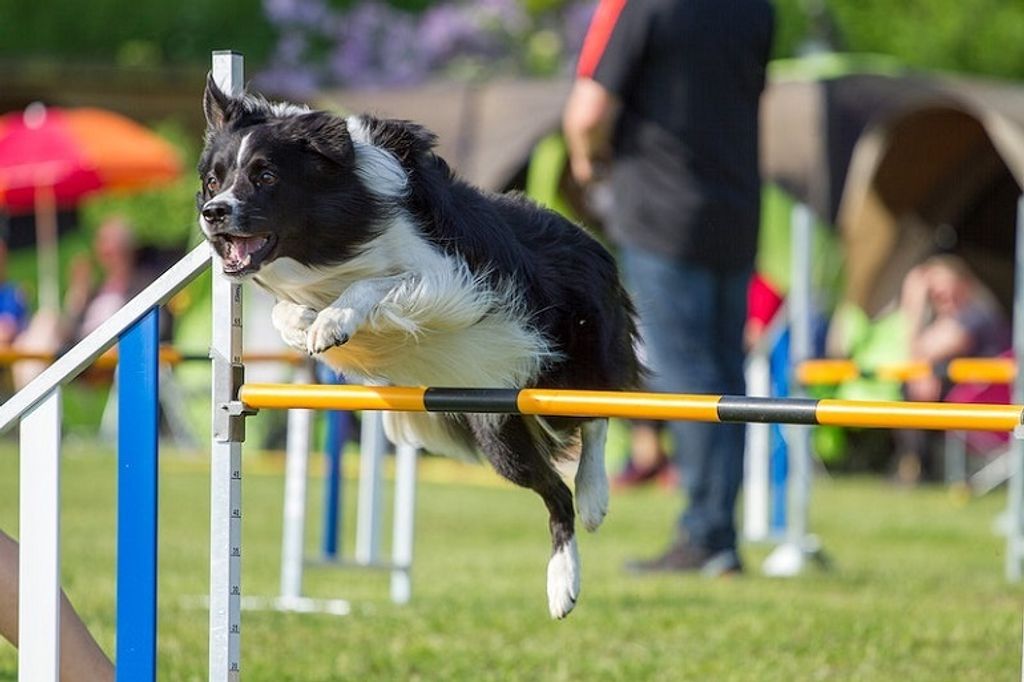
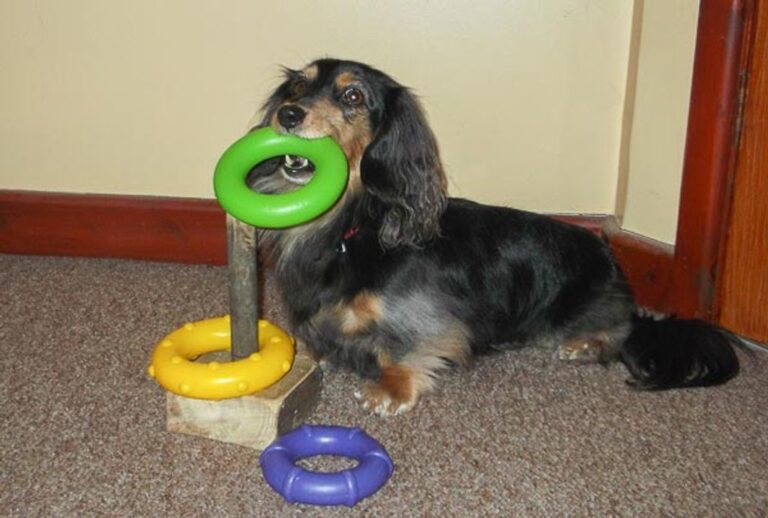
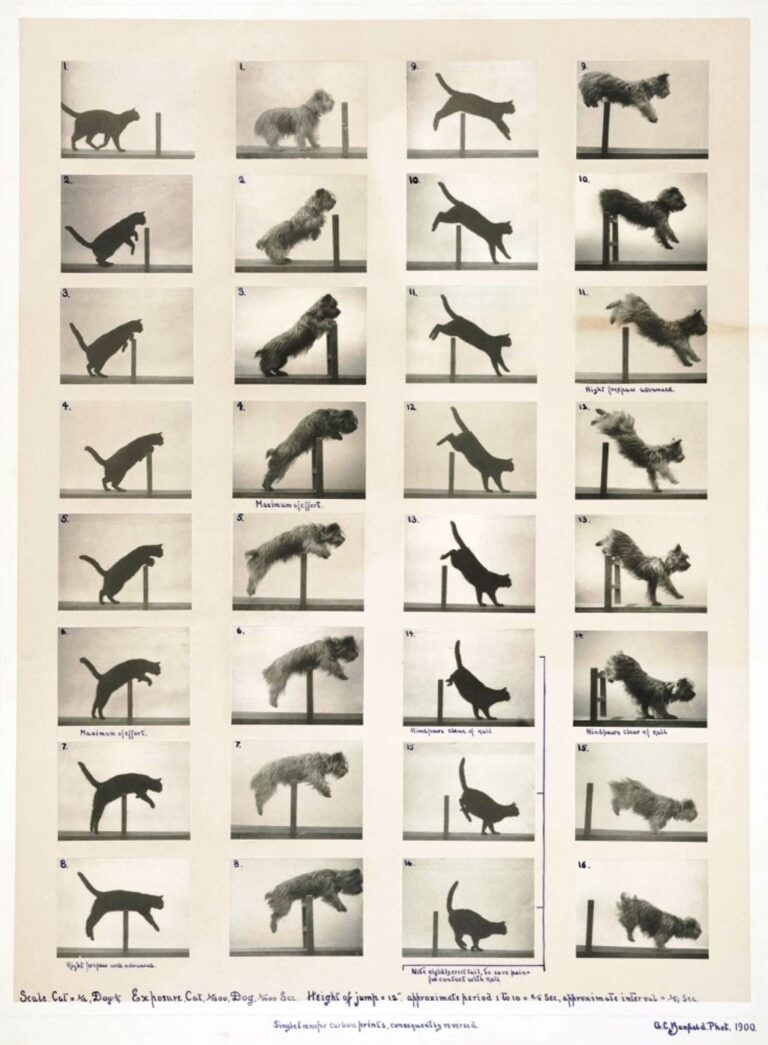
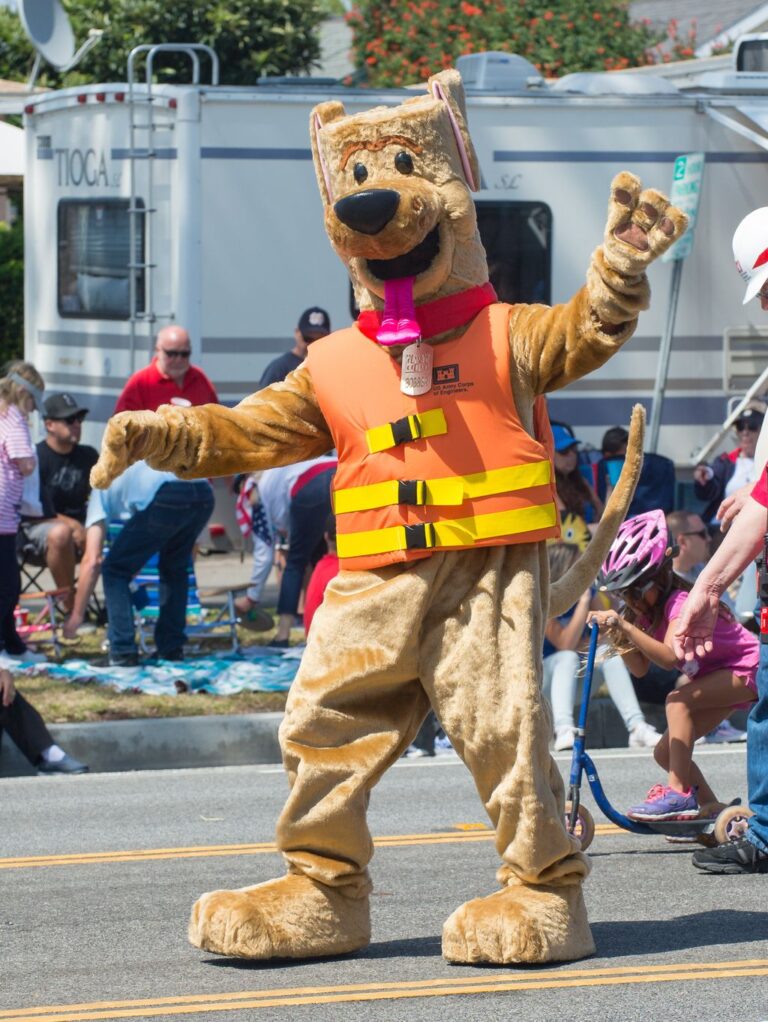
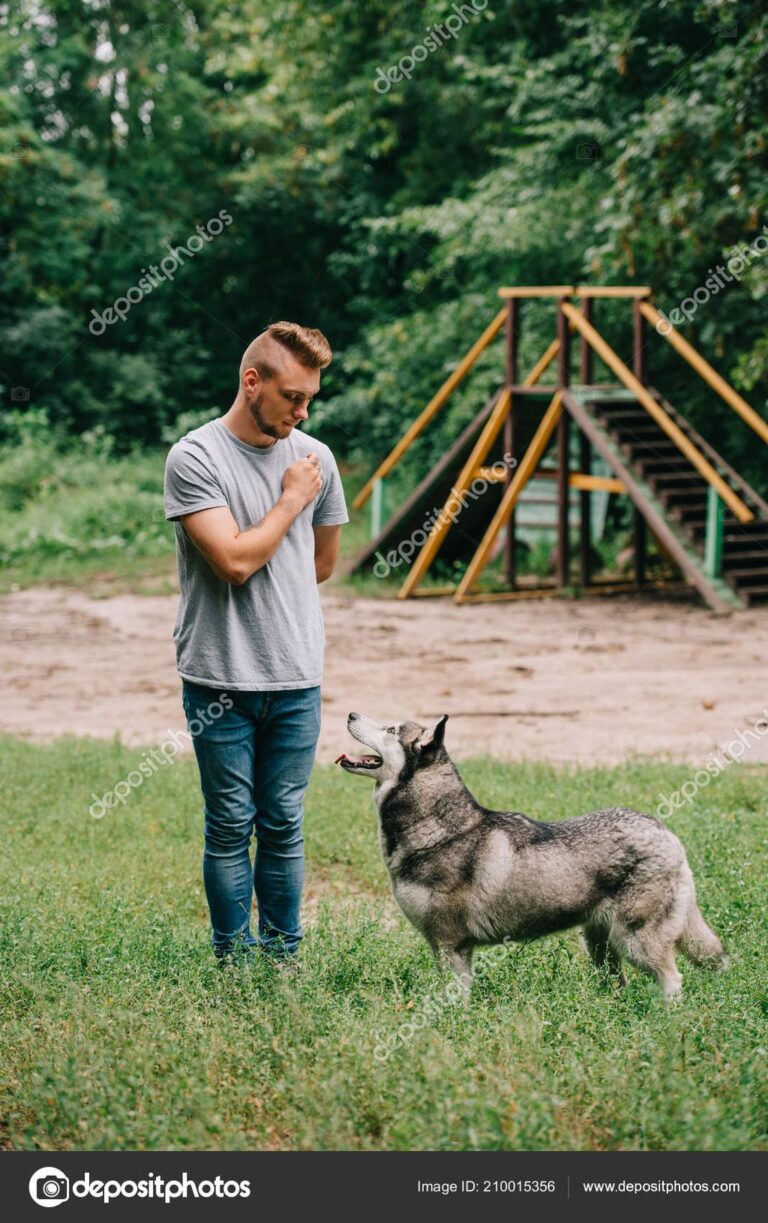
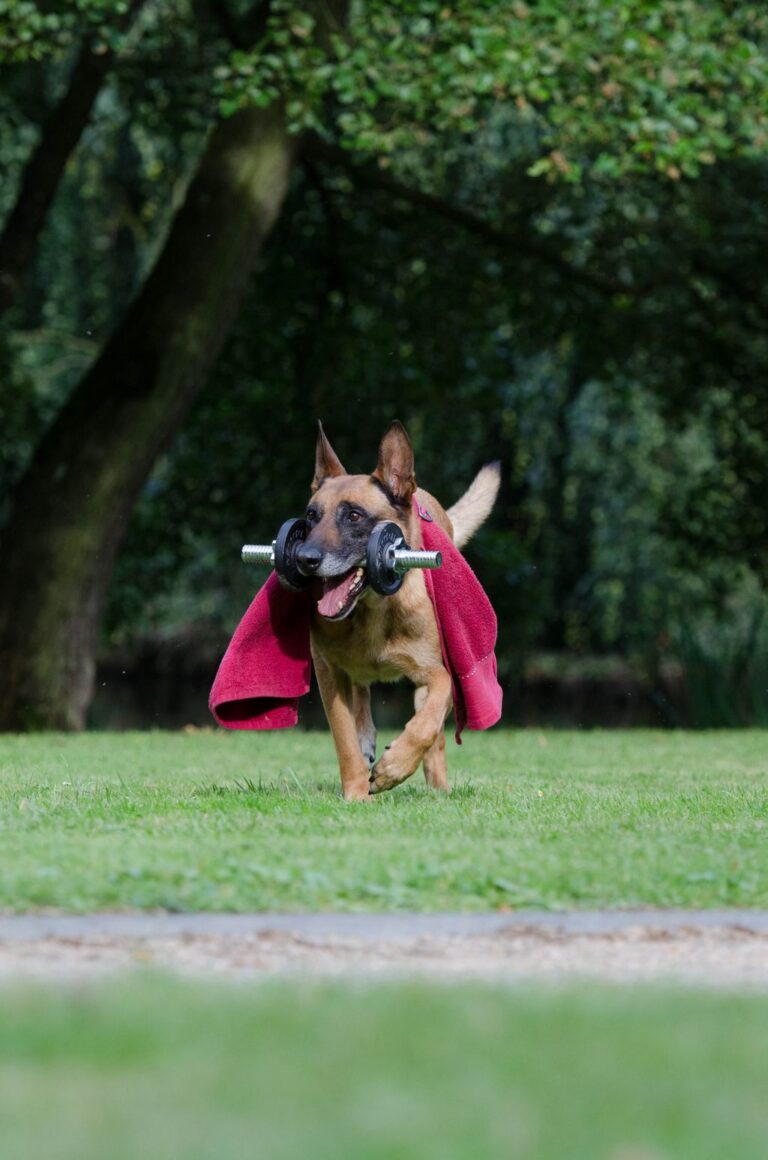

One Comment